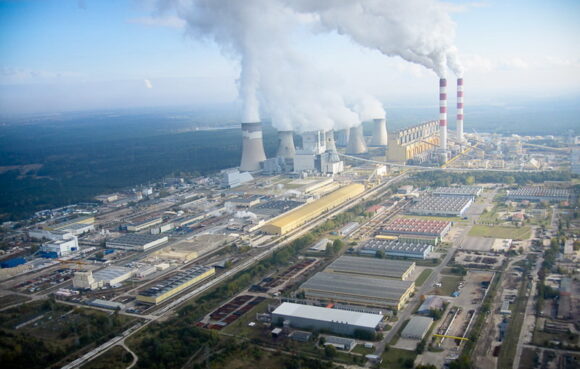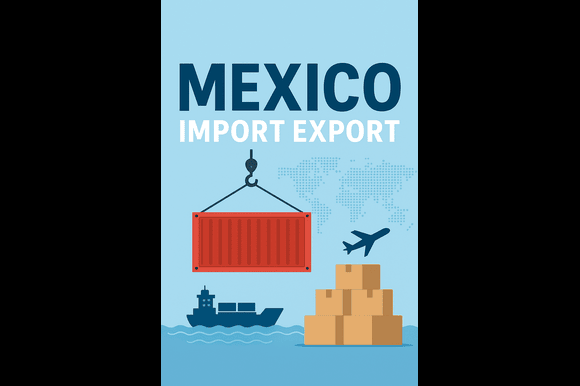
Bełchatów_Elektrownia
China: For the first time in history, renewable energy sources have overtaken coal as the world’s leading source of electricity during the first half of 2025, according to new data released by the global energy think tank Ember.
While global electricity demand continues to rise, the rapid expansion of solar and wind power has met 100% of that new demand — even pushing coal and gas consumption slightly downward. Experts describe this as a “crucial turning point” in the world’s energy transition.
However, the global picture is far from uniform. Although developing countries, particularly China, spearheaded clean energy growth, richer nations like the United States and members of the European Union (EU) saw renewed dependence on fossil fuels.
Mixed Global Trends: China and India Drive Clean Energy Boom
China remains the undisputed leader in clean energy growth, adding more solar and wind capacity than all other countries combined. The surge in renewable generation enabled China to reduce its fossil fuel use by 2%, despite still expanding its coal-fired power fleet.
India also followed suit, combining slower electricity demand growth with major renewable investments, which helped curb its reliance on coal and gas.
In stark contrast, developed regions such as the US and EU showed regressive trends. The US experienced faster growth in electricity demand than in clean energy output, increasing its dependence on fossil fuels. Meanwhile, Europe faced months of weak wind and hydropower performance, which forced it to burn more coal and gas to meet demand.
US Renewable Growth Forecast Slashed by Half
In a separate analysis, the International Energy Agency (IEA) halved its forecast for renewable capacity growth in the United States. Last year, the IEA projected the US would add 500 gigawatts (GW) of new renewable capacity — mostly solar and wind — by 2030. That estimate has now been cut to 250 GW, largely due to policy shifts under President Donald Trump’s administration.
The report highlights a widening divide between the US and China: while China dominates global clean tech exports, the US is focused on expanding fossil fuel markets and promoting oil and gas exports.
Solar Power Dominates Global Energy Growth
According to Ember, solar power accounted for 83% of the world’s increase in electricity demand, marking the third consecutive year it has been the largest source of new generation.
More than half of global solar capacity — around 58% — now exists in lower-income nations, where the sector’s explosive growth has been fuelled by plummeting costs. Solar prices have dropped an extraordinary 99.9% since 1975, making it affordable for emerging markets to develop robust solar infrastructures almost overnight.
Asia and Africa See Rapid Solar Expansion
Pakistan imported solar panels capable of producing 17 GW of power in 2024 — double the previous year and equal to roughly one-third of its total generation capacity.
Across Africa, solar imports surged by 60% year on year, led by coal-heavy South Africa, while Nigeria climbed ahead of Egypt to become the continent’s second-largest solar market with 1.7 GW of generating capacity — enough to power around 1.8 million European homes.
Smaller African nations experienced astonishing growth rates: Algeria’s imports rose 33-fold, Zambia’s eightfold, and Botswana’s sevenfold.
Challenges Emerge Amid Solar Boom
Yet the solar surge has not been without complications. In Afghanistan, widespread adoption of solar-powered irrigation pumps has caused a steep drop in groundwater levels. Research by Dr. David Mansfield and Alcis warns that parts of the country could face severe water shortages within the next decade, endangering millions of livelihoods.
Adair Turner, chair of the UK’s Energy Transitions Commission, noted that nations in the global “sun belt” and “wind belt” face very different challenges.
Sun Belt vs. Wind Belt: Different Energy Realities
Countries in the Sun Belt — across Asia, Africa, and Latin America — require vast amounts of electricity for daytime air conditioning. Solar power, combined with affordable battery storage, offers immediate and cost-effective relief in these regions.
However, Wind Belt nations such as the UK face steeper challenges. Wind turbine costs have only fallen by about a third in the past decade, far less than solar’s dramatic decline. Rising interest rates have also inflated borrowing and installation costs, making wind energy infrastructure significantly more expensive.
Moreover, long winter wind lulls can last for weeks, requiring backup power systems that go beyond battery storage — adding further complexity and cost.
China’s Clean Tech Dominance Reaches Record Levels
China’s clean tech industry continues to overshadow global competition. Ember’s latest data shows that in August 2025, China’s clean tech exports reached an all-time high of $20 billion, fuelled by soaring demand for electric vehicles (up 26%) and batteries (up 23%).
Together, China’s EV and battery exports are now worth more than double its solar panel exports, reinforcing its status as the world’s clean energy powerhouse.
A Pivotal Turning Point for Global Energy
Despite regional disparities, analysts at Ember describe 2025 as a “crucial turning point” in the global energy landscape.
“This marks the beginning of a shift where clean power is keeping pace with demand growth,” said Malgorzata Wiatros-Motyka, senior analyst at Ember.
With solar leading the charge and emerging economies taking center stage, the global transition to renewable energy is no longer a distant goal — it has begun in earnest.




